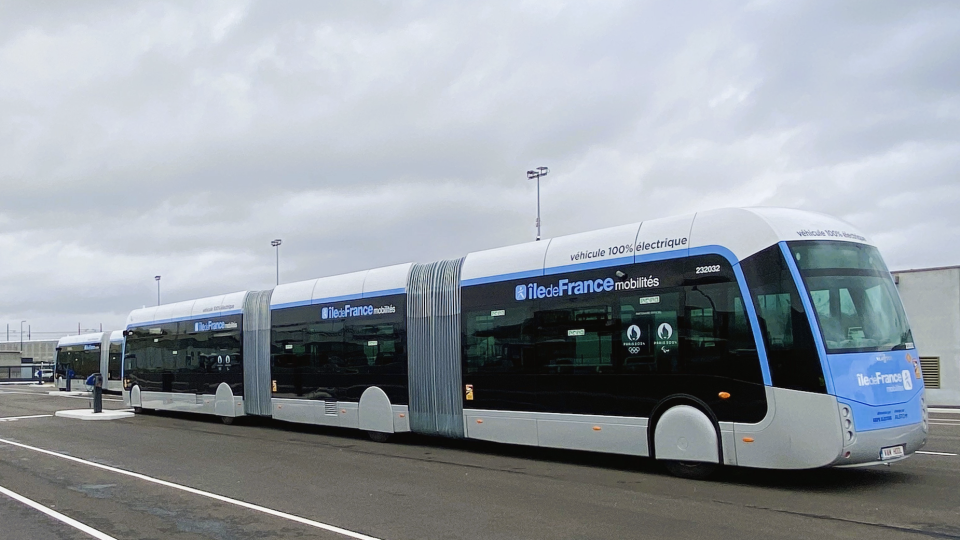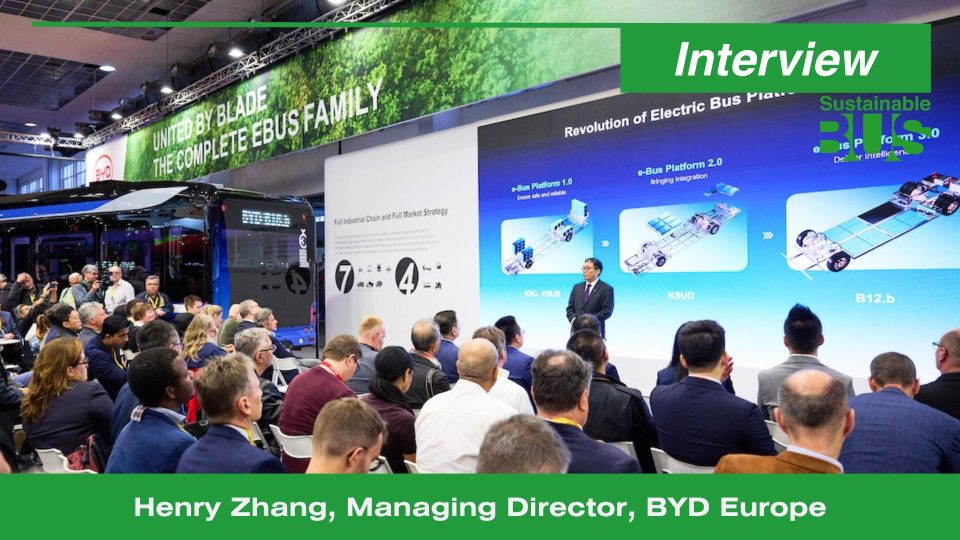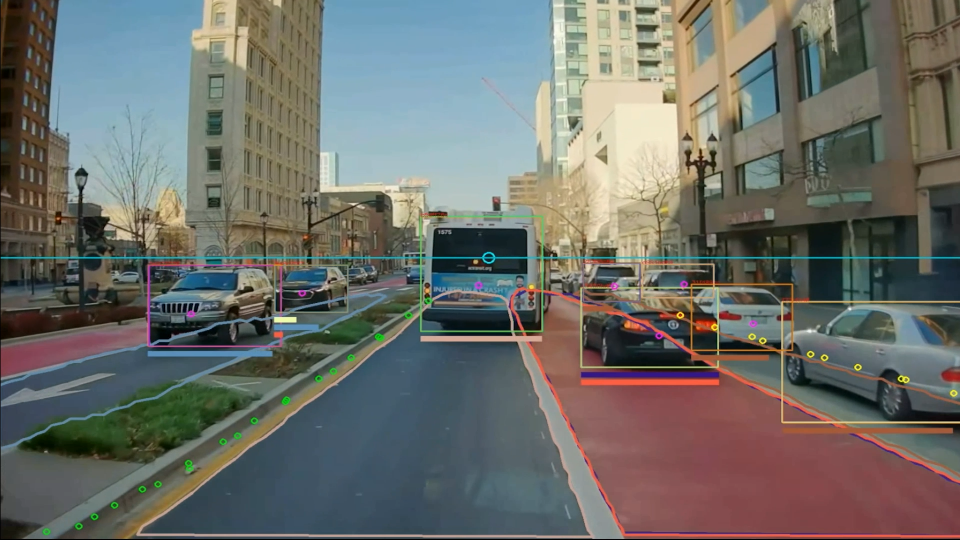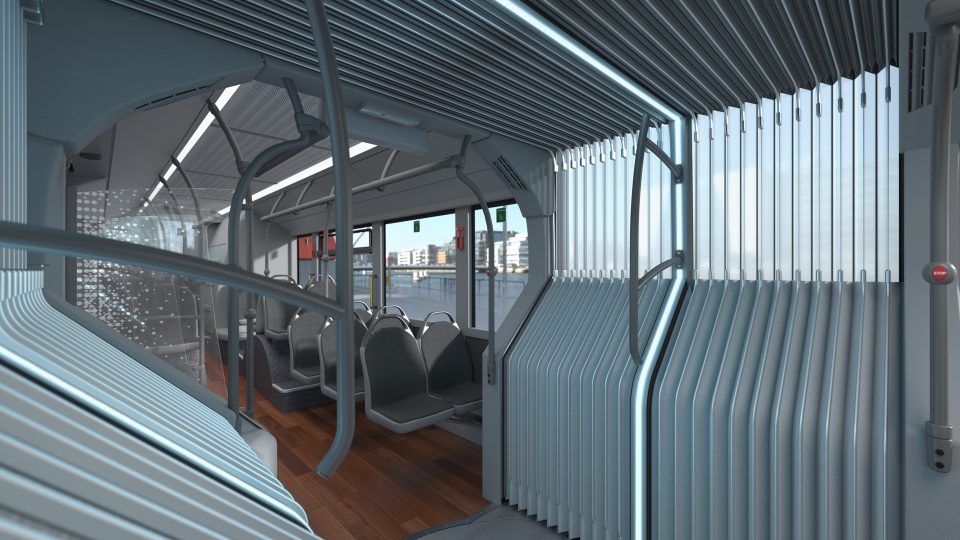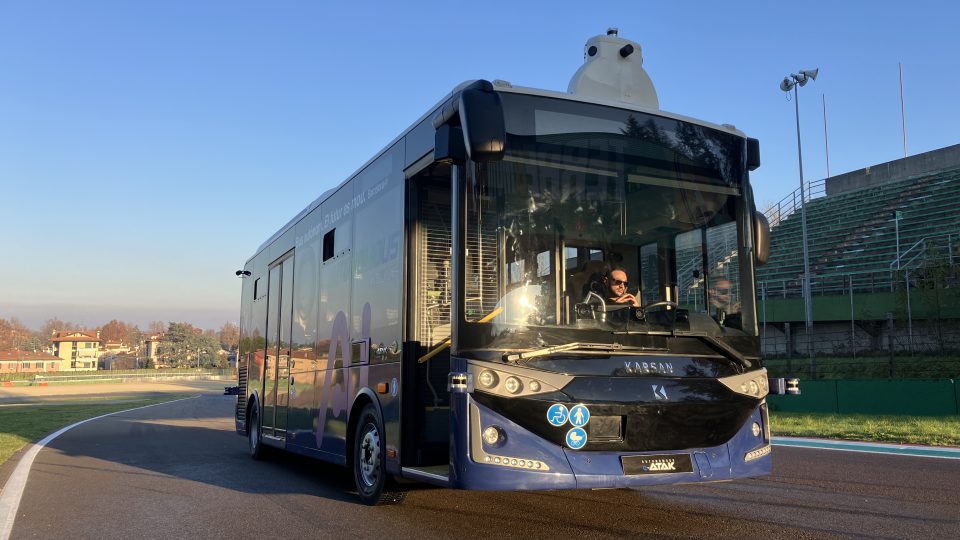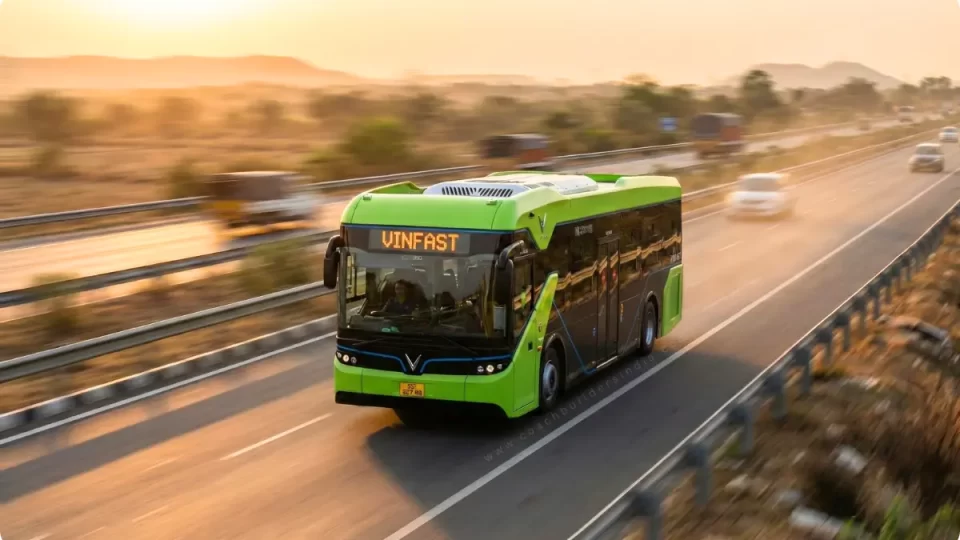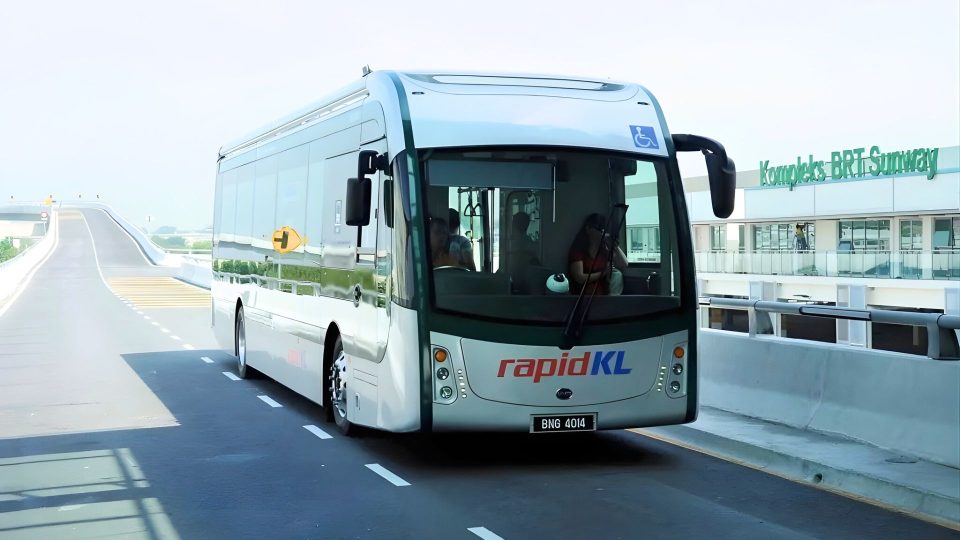Volvo begins production of 28-meter e-bus chassis BZRT in Brazil, aiming at the global BRT market
Volvo Buses announces it has started the production of its first electric bi-articulated bus chassis. The Volvo BZRT model, in articulated and bi-articulated versions, is manufactured at Volvo’s Brazilian plant in Curitiba, which is now capable of exporting the chassis to BRT systems worldwide, the group states. In March this year, Volvo had launched the […]
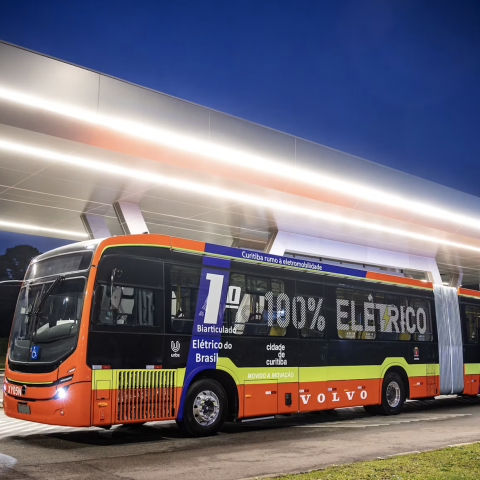
Volvo Buses announces it has started the production of its first electric bi-articulated bus chassis. The Volvo BZRT model, in articulated and bi-articulated versions, is manufactured at Volvo’s Brazilian plant in Curitiba, which is now capable of exporting the chassis to BRT systems worldwide, the group states.
In March this year, Volvo had launched the first electric articulated and bi-articulated bus manufactured in Mexico (where also the European coach range 9700 will be manufactured from 2026): the Volvo 7800 electric bus is built on the BZR platform, launched in March 2024, and headed to BRT system in the country. A 28-meter bi-articultated e-bus model by Volvo was tested in the region in May 2024.
Potrebbe interessarti
Volvo Buses’ transition journey in Europe: strategy, economics and next steps in EU’s head Thomas Nylund’s words
Volvo BZRT bi-articulated bus: production in Brazil
Back to the Brazilian Volvo BZRT: measuring 28 meters in length and capable of carrying up to 250 passengers, the bi-articulated bus is equipped with two 200kW motors – in total 400kW – equivalent to 540hp. It features a two-speed automated transmission based on the Volvo I-Shift.
The chassis can accommodate up to eight battery packs, with a total capacity of 720 kWh. The charging time varies between 2 and 4 hours, depending on the type and power of the charging station. Batteries are installed under the floor.
Aligned with Volvo Buses’ Zero Accident vision for the future of its vehicles, the Volvo BZRT features cameras to detect dangerous situations that the driver may not foresee, as well as front and side sensors in blind spots to protect pedestrians, cyclists, and other road users. The model also features traffic sign sensors, with alerts on the instrument panel to identify signs and detect speed limits on roads. Another feature is Volvo Dynamic Steering (VDS), a system that delivers highly precise steering control, enhancing the vehicle’s stability and accuracy while easing physical strain on the driver’s shoulders and arms.
“The production start in Brazil marks an important step in Volvo Buses’ commitment to offer sustainable people transport solutions. The offering of high-capacity electric buses is part of this initiative,” says André Marques, President, Volvo Buses Latin America. “Since launching the Volvo BZRT, we have observed a steady rise in customer interest and demand for this application.”
“We have combined the attributes of our conventional articulated and bi-articulated buses, renowned worldwide, with the advantages of the most advanced electric technology from the Volvo Group to ensure quality and reliability,” says Alexandre Selski, Director of Electromobility, Volvo Buses Latin America.


